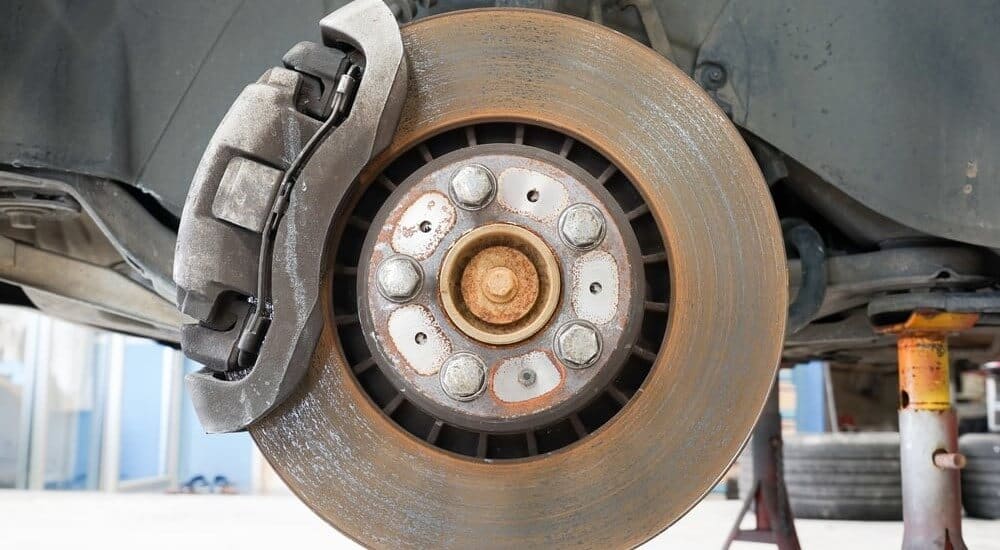Brake calipers can withstand more stress than brake pads. Which explains why they typically take you longer before needing a replacement. Some go more than 70,000 miles before they give up, or 8 years on average. You will ultimately need to install new calipers when they’re overly worn, but how soon that would be is subject to factors including your driving style, environment, driving terrain and more. Thus, replacement guidelines may not be given by some manufacturers, the best advice being to inspect the calipers when you go for routine brake system inspection service. Like other components of the braking system, the calipers should not be left unattended if they go gad. Damaged or worn calipers give warning signs, some of which include:
• Spongy brakes
• Squealing brakes
• Car pulling to one side when you apply the brake
• Brake fluid leaks

A best practice would be to replace calipers in pairs. If the problem only requires replacing one caliper, make sure the new hardware is similar to the existing one opposite it. So you want to check that they have similar pistons (phenolic or steel) and are made of the same material (semi-metallic or nonasbestos organic). This is important to avoid mismatching parts, which could lead to ununiform braking. Your mechanic should also check other components, including the brake hoses, brake pads, rotors, etc. to ensure additional problems, if any, are addressed. Don’t forget to change the brake fluid too and bleed entrapped air out of the system.
